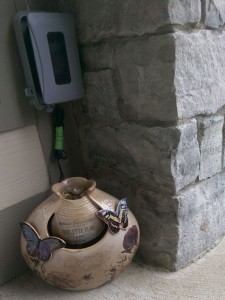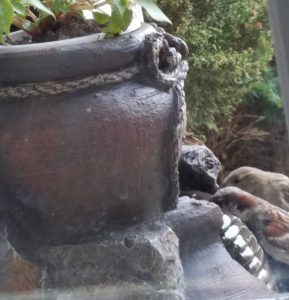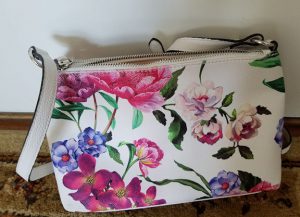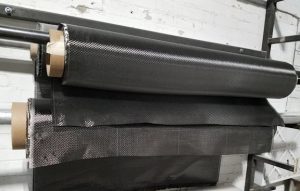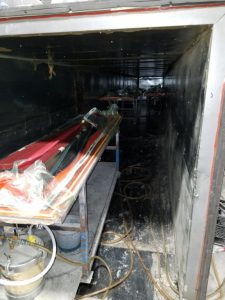On Friday after work I started feeling gloomy, as if there had been many times when nothing would go as I wanted it, despite my efforts. To cheer myself up, I got a cup of vanilla caramel tea, and then I sat down to relax for a little while. The gloom didn’t seem inclined to go away, though.
Hmm… maybe the present-day me wasn’t the one who needed cheering up.
I visualized an old-fashioned tea service that had two settings in a floral pattern, a basket with a loaf of hot bread wrapped in a white cloth napkin, and a jar of apple butter. Then I pictured all of that sitting invitingly on a wooden outdoor table in the imaginary long-ago village of Channelwood, and I looked around for my often-troubled younger self Queenie.

At first I didn’t see her, but then I heard a grunt not far away. Turning around, I saw Queenie in thick cotton gloves, busily cutting up a small tree that had fallen across a nearby path. She had sawdust all over her gingham dress, her bonnet was askew, and a ferocious scowl made plain what sort of day she was having.
Then she saw me and tried to get her face arranged in better order. “You know I didn’t mean it,” she said, before I had even greeted her.
“No accusations here,” I told her mildly, with a nod toward the table. “I’ve just brought some tea.”
A severed branch fell to the ground with a thunk. Queenie put down her saw and took off the sap-stained gloves, not looking much happier as she did so.
“It’s not fair, at all,” she complained, throwing the gloves into a pile of branches, “that when I have a bad day, which of course I didn’t want, you show up to remind me that I’m also making my future selves miserable. Why should I have to be responsible for what goes on in your life? It’s hard enough to deal with my own feelings, without having to worry about yours too.”
A cool breeze blew in from the cliffs above the beach, smelling of salt and washed-up seaweed. It set the leaves to rustling and carried the cry of a lone gull, high and plaintive.
I started to say something, thought better of it, and instead picked up the teapot and poured for both of us.
“Actually, you’re right,” I acknowledged, after a minute or so. “And, you are doing much better when it comes to recognizing and expressing your feelings. You knew exactly what was bothering you just now, and you were able to put it into words and explain it to me clearly.”
Queenie sat down across from me, looking somewhat mollified, and took a slice of bread from the basket.
“Well, I couldn’t say much before I came here, you know,” she told me, still sounding a bit defensive. “I would’ve been laughed at or yelled at—or both—if I talked about my feelings. Besides, it didn’t seem like anyone cared.”
“I’m not here to blame you for how you handled things before,” I reassured her, as I put some bread on my plate and took a sip of tea. “All I wanted to do was cheer you up a little, if I could. What made today such a bad day?”
“That tree.” Queenie gestured toward the fallen wreckage in frustration. “I cut firewood all the time, of course, now that I live here in a small village. And usually I don’t mind, but that tree was one of my favorites. It had lovely blossoms in the spring. I pruned it carefully, expecting that it would look even better next year; but we had a storm last night, and now the tree is gone and all the work I did was wasted.”
“But when you pruned it,” I pointed out, “those branches were used for firewood too, right? Or maybe some of them went to the compost heap, if they were small. So you did get something useful out of your work.”
“Well, yes, sort of,” Queenie said grudgingly, “but we always have plenty of compost, and firewood can be found all over. So it was mostly a waste.”
“The tree isn’t completely gone either.” I glanced toward the jagged remains of the trunk. “It still has a few small branches around the base, and next spring there will be more growth from the roots. Give it a few years, and it will be full of blossoms again.”
Spreading another slice of bread, Queenie looked skeptical, but she didn’t say anything else. The gold necklace that I had given her two years ago glinted in the sunlight.
“And of course it’s not fair,” I continued, “to blame the tree for making you have a bad day, when it didn’t want to have one.”
That finally drew a smile—if only a small one—from Queenie, as she poured more tea.




